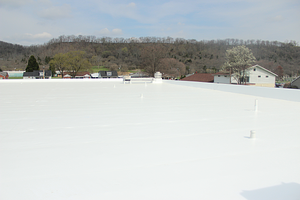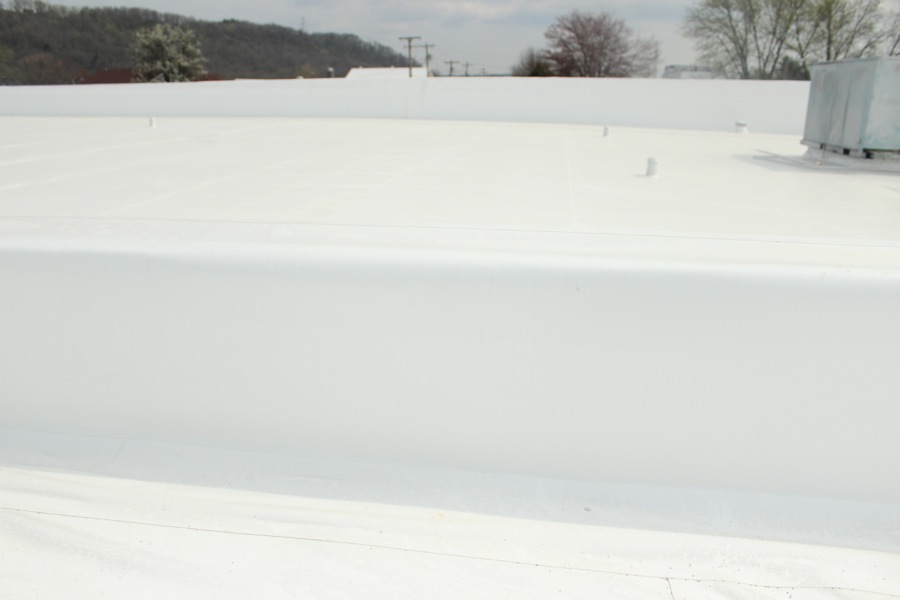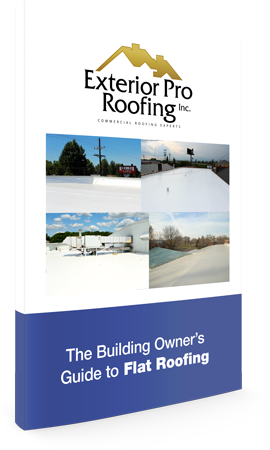Low slope and flat roofs use different roofing materials where for pitched roofs are normally in metal of some kind or shingles. Low slope roofs have many different options. Check out our recent blog on the most common types of flat roofing systems.

With flat roofing there are also common areas that potentially can have problems for building owners. Around the 20 year mark of a roof system building owners can start seeing a water infiltration problem. By using a maintenance program that checks these areas regularly can help prevent major repair or replace costs later down the road.
Penetrations are one of the most common areas flat roofing have leaks. In single-ply roofing systems the penetration flashing are normally the same material as the roof membrane so they are bonded. The roofing maintenance should check the seam, sealants and laps at these locations regularly to help detect and prevent leaks.
One thing that can help with penetrations is factory assembled boots. They must be check to see that the bot is properly sealed to the membrane.
Roof drains that penetrate the membrane should be large enough to withstand heavy rain flow and have a screen that keeps debris from going down the drain. These should be checked often and kept clean of debris, this can help with ponding water also.
There can also be irregular or multiple penetrations on one area and these are normally covered with pitch pan. Sometimes these pitch pans must be refilled, another option to help with this would be to install a sheet metal hood to cover these areas. Another way of course is to be able to avoid so many penetrations if possible. Especially being careful when HVAC units or other large equipment is on the roof.
Perimeters are another common area of problems. In most cases roof edges develop leaks because of the transition from flexible membrane flashing to sheet metal flashings. These are areas that need to be inspected to make sure they are shedding water and that sealants are adequate.

Many use pre-manufactured sheet metal accessories to help solve perimeter problems for things like copings at parapet walls and interior rising walls. Normally these components snap together making easy to replace membrane in that area.
Another area is the expansion joins, these are the areas that expansions and contractions are likely to occur.
Next we have the seams and fasteners that help with wind uplift. If your buildings is in high wind zones you want to make sure the roof membrane is either adhered fully under the membrane or that the membrane is mechanically fastened using screws and plates. This is how Duro Last membrane is secured to the roof. Welding is also used for membrane systems.
One other thing also is that sometimes it can appear that there is a leak but it can actually be condensation. This can be from inadequate ventilation and ventilation issues can cause damage to the roofing system like corrosion and wood decay. If there is not enough ventilation there is also the option of having a fan that will move the air and moisture. Roof leaks that go onto long can also cause corrosion and decaying as well as higher costs.
Knowing the areas on flat roofing that can be prone to problems and a good maintenance program can help detect any leaking early on so they can be attended to before the costs get higher, especially if you want the roof to last as long as it should. There is even the potential to extend the lifespan on your roof.







